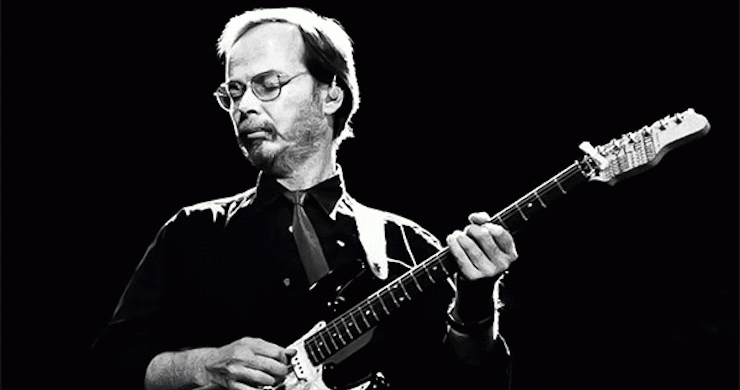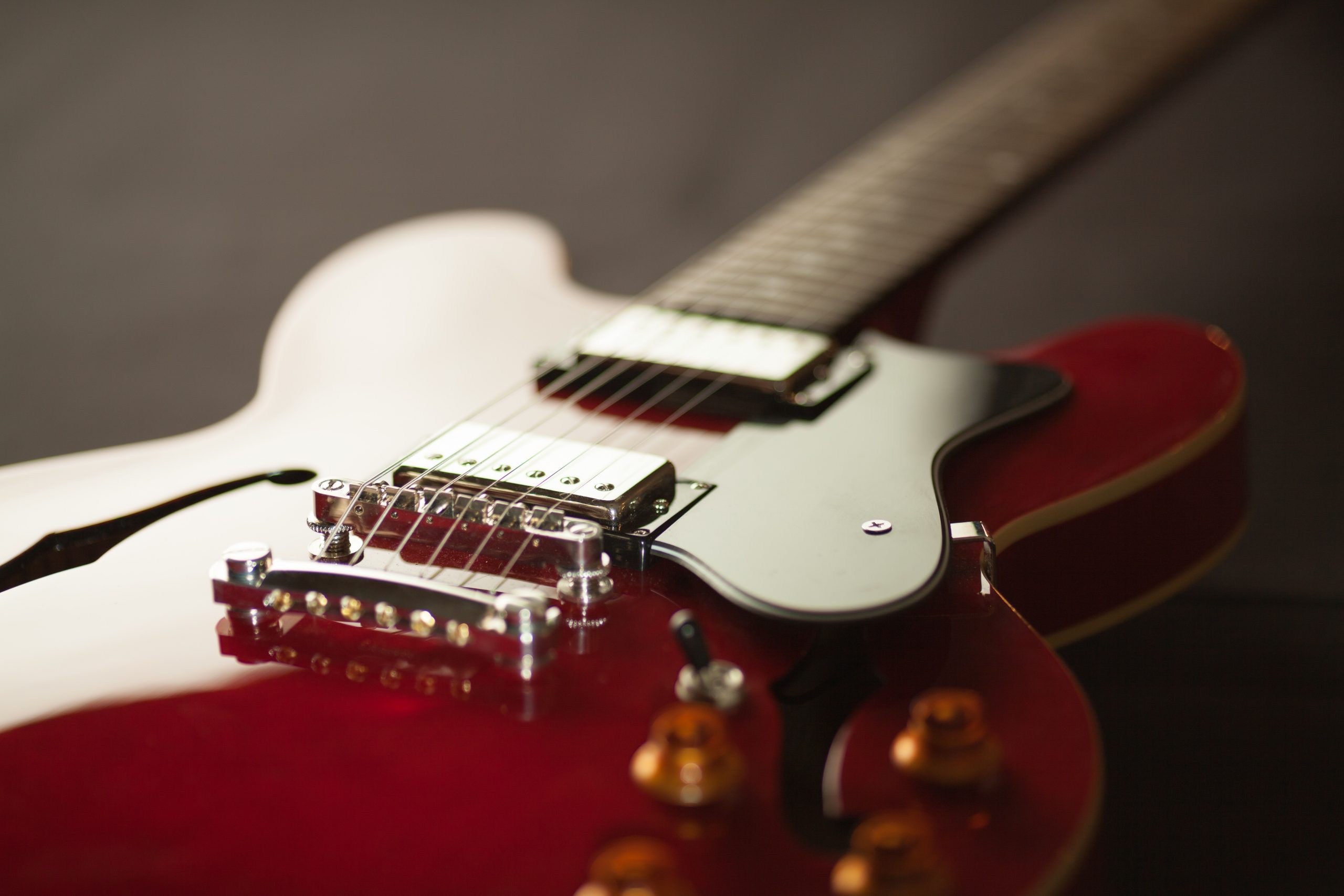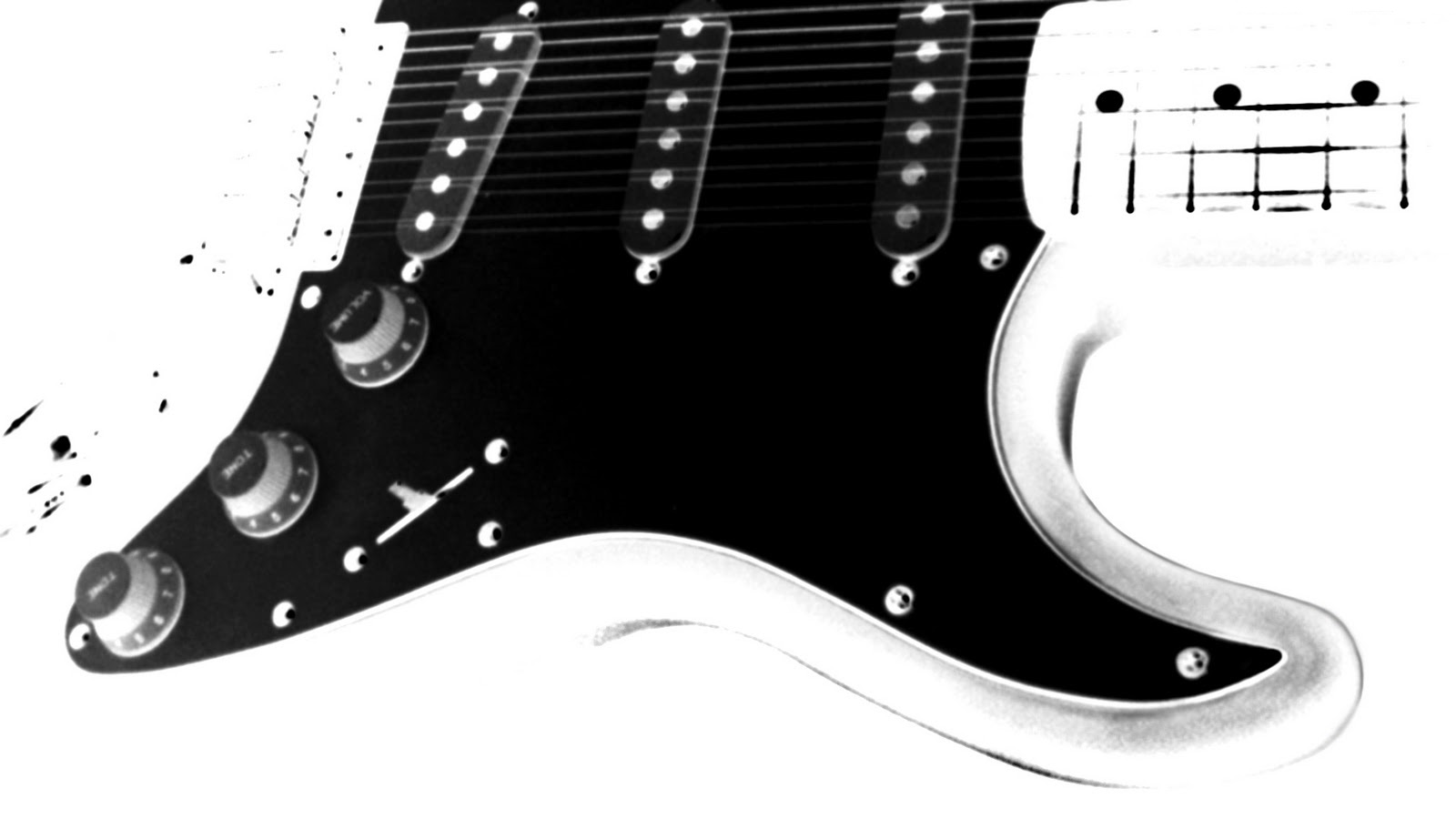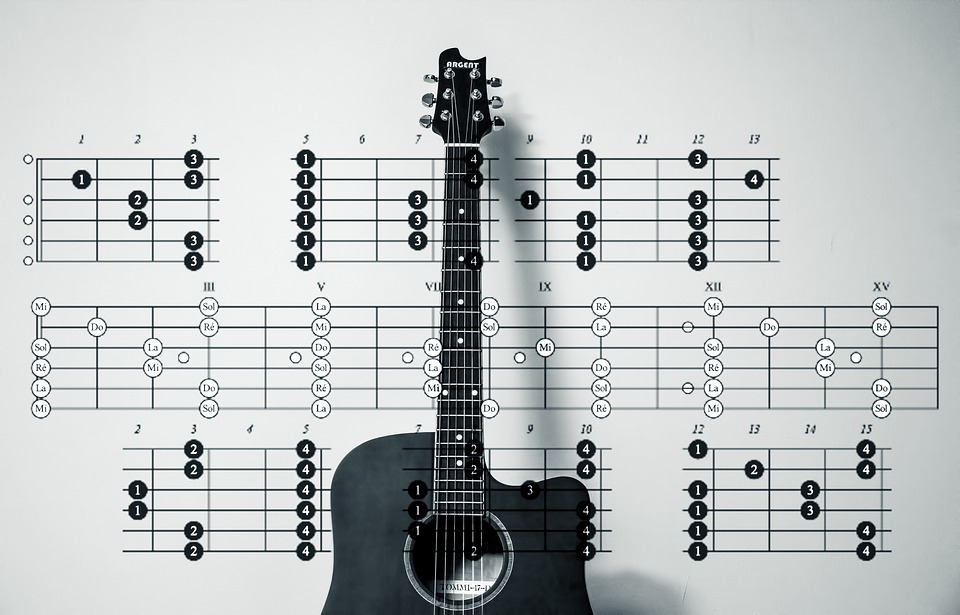The holy grail of guitar improvisation, or improvisation on any instrument for that matter, is to play what you’re hearing in your head. This is easier said than done of course, but if your goal is to improvise freely and easily on the instrument, then you’ll need to get your head around the following concepts to make it work. If you’ve reached that intermediate, stuck-in-a-rut, know plenty of scales, not sure where to go next stage, then this article is also for you.
The Pattern Trap
What tends to happen to a lot of guitarists as they advance with scales, arpeggios and other improvisational tools is that they understand the information very well, and can apply it in a musical situation, but the thing that’s holding them back is their ear. For example, many guitarists can play the harmonic minor scale very well, and use it to great effect in a solo but only by applying the concepts of music theory to their playing; what’s lagging behind is their ear. Ask yourself this: can you sing every one of the scales you know? Can you sing the modes? I’m sure you can use them but if you can’t sing them i.e. hear them in your head, then your application of them remains at the purely informational level.
In short, there’s a lag between your theory knowledge and your ear, and to be able to truly play what you hear in your head your ear needs to catch up with your theory/informational knowledge; actually to the point where it surpasses any mathematical calculations as to what scale you should play over what chord.
Are You Using Your Ears?
To know if you’re actually using your ears when you improvise, simply observe whether your fingers are following a pattern, or following what your ear is dictating. The somewhat depressing revelation here is that they’re usually following a pattern. There’s nothing wrong with this as it can sound good, just know that the pattern is dictating the notes, rather than your ear. The more you rely on the pattern, the less you use your ears, especially if you’re soloing in one key. Try playing over something with a lot of changes which involves more than one key, unless you’re a master of pattern playing, or can find chord tones with ease, you’ll probably come unstuck pretty quickly. When you can’t change patterns quickly enough, your ear has to step in, which through under-use gets caught out like a rabbit in the headlights.
How to Improve Your Ear (the right way)
If you’ve ever done any ear training, you probably found it tedious and somewhat masochistic. Transcribing is another great way to improve your ear, but unless your ear is already pretty good, it’ll be a frustrating process. The problem with conventional ear training is that it’s based on identifying random intervals in isolation. What it should be based on, as saxophonist Scott Edwards points out in this article, is tonality:
The foundation [of ear training] is tonality. Almost all music is tonal. Our ears search for tonality in music automatically, trying to find the strong tone in any collection of tones. As a result of this, the relationship between any one note and the tonic in a piece of music is very strong. Not only is it strong, but it’s largely constant. Many pieces of music don’t modulate frequently, so the relationship to the tonic will not change every bar or two. This means that if you can use the relationship between a note and the tonic to identify it, you are using a strong and stable relationship. This makes it very easy to recognize notes very quickly and very accurately.
The Answer
What we need is some kind of method or course for training our ear that is based on tonality rather than recognizing random intervals; and as luck would have it that very thing exists, and in the form of an app or software!
The program in question is Functional Ear Trainer which trains your ear to recognize intervals by using cadences instead of random intervals. It’s based on Alain Benbassat’s method for learning to transcribe music by ear, and I can’t recommend it enough. What’s more the app is free, and you can download the Android version here. For other versions see Alain’s site here.
The program takes the form of a fully structured course which, depending on how good your ear is to start with, should take you at least a couple of months to complete. Progress is rapid and very satisfying indeed, especially if you’re a ‘pattern player’, as your ear will start to make its voice heard and draw your fingers in different directions. You’ll soon be able to pick out melodies by ear far more easily than you could do before, and before long you’ll be playing what you hear in your head!



